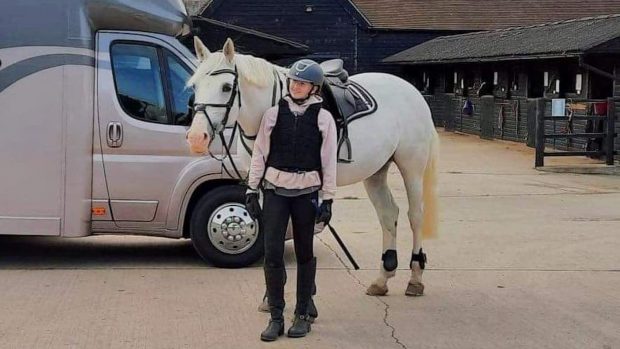Fractures to the bottom of the cannon bone within the fetlock joint are unfortunately common in racehorses.
They may be simple and non-displaced, in which case they can usually be repaired with bone screws, or they may be very serious and leave vets with no option but to euthanase.
All these fractures appear to start in roughly the same place on the joint surface of the cannon bone and may go undetected in the early stages.
During strenuous exercise, like racing, the break splits upwards through the bone and then out of the side of the bone shaft.
Between 1999 and 2005 there were 47 catastrophic fractures of this kind on UK racecourses.
Vets and researchers at Newmarket’s Animal Health Trust looked carefully at the fractured legs and the non-fractured fetlocks from the same horses before comparing them with the fetlocks of horses put down on racecourses for other reasons.
The fetlocks were all MRI scanned and those with apparent changes were X-rayed.
The horses that had sustained fetlock fractures of this kind showed distinctive MRI changes in the bone pattern in the area of the fractures.
Some 11% of these horses had early, previously undetected fractures in the other leg as well, while pre-fracture MRI signs were seen in the lower cannon bones of 12% of the horses that had been lost because of injuries unrelated to the fetlocks.
This research shows that it might be possible to predict fractures of this kind in the future using MRI.
At present this would be expensive and impracticable, but who knows what might be possible in the future?
Read all the latest veterinary research and developments in this week’s issue of H&H (22 November)
Find out more about fractures
Find an equine vet




